In a career spanning six decades, he directed over 50 feature films, many of which are still widely watched and studied today. Hitchcock grew up in London’s East End in a milieu once haunted by the notorious serial killer known as Jack the Ripper, talk of whom was still current in Hitchcock’s youth two decades later. Although he had two siblings, he recalled his youth as a lonely one, with a father who was a stern disciplinarian; it is said that he once ordered Alfred to appear at the local police station with a note saying that he had been misbehaving, whereupon the sergeant on duty (at the request of Hitchcock’s father) locked him up for a few minutes, a sufficient length of time to give Alfred a fear of enclosed spaces and a strong concern for wrongful imprisonment, both of which would figure in his later work. Hitchcock was studying engineering at London County Council School of Engineering and Navigation when, in 1914, his father died suddenly, prompting him to drop out in order to help support his family. Highly interested in the then new industry of film production, he made his first foray into movie making when he was hired at the London branch of Famous Players-Lasky as a title card designer. There, he gained experience in writing, editing, and production management, and was eventually assigned his first film as a director, “The Pleasure Garden” (1925). Collaborating with his wife, the writer, script supervisor, and editor Alma Reville almost from day one, Hitchcock would make a name for himself as a director just a short while later with his first thriller, “The Lodger: A Story of the London Fog” (1927). His thrillers The 39 Steps (1935) and The Lady Vanishes (1938) are ranked among the greatest British films of the 20th century. By 1939, he had international recognition and producer David O. Selznick persuaded him to move to Hollywood. A string of successful films followed, including Rebecca (1940), Foreign Correspondent (1940), Suspicion (1941), Shadow of a Doubt (1943), and Notorious (1946). Rebecca won the Academy Award for Best Picture, with Hitchcock nominated as Best Director; he was also nominated for Lifeboat (1944) and Spellbound (1945). After a brief commercial lull, he returned to form with Strangers on a Train (1951) and Dial M for Murder (1954); he then went on to direct four films often ranked among the greatest of all time: Rear Window (1954), Vertigo (1958), North by Northwest (1959) and Psycho (1960), the first and last of these garnering him Best Director nominations. The Birds (1963) and Marnie (1964) were also financially successful and are highly regarded by film historians. The “Hitchcockian” style includes the use of editing and camera movement to mimic a person’s gaze, thereby turning viewers into voyeurs, and framing shots to maximize anxiety and fear. The film critic Robin Wood wrote that the meaning of a Hitchcock film “is there in the method, in the progression from shot to shot. A Hitchcock film is an organism, with the whole implied in every detail and every detail related to the whole.” Hitchcock made multiple films with some of the biggest stars in Hollywood, including four with Cary Grant in the 1940s and 1950s, three with Ingrid Bergman in the last half of the 1940s, four with James Stewart over a ten-year span commencing in 1948, and three with Grace Kelly in the mid-1950s. Hitchcock became an American citizen in 1955. Hitchcock’s films usually center on either murder or espionage, with deception, mistaken identities, and chase sequences complicating and enlivening the plots. Wry touches of humor and occasional intrusions of the macabre complete this mixture of cinematic elements. Three main themes predominate in Hitchcock’s films. The most common is that of the innocent man who is mistakenly suspected or accused of a crime and who must then track down the real perpetrator in order to clear himself (e.g., The Lodger and North by Northwest). The second theme is that of the guilty woman who enmeshes a male protagonist and ends up either destroying him or being saved by him (e.g., Vertigo and Marnie). The third theme is that of the (frequently psychopathic) murderer whose identity is established during the working out of the plot (e.g., Shadow of a Doubt and Psycho). Hitchcock’s greatest gift was his mastery of the technical means to build and maintain suspense. To this end he used innovative camera viewpoints and movements, elaborate editing techniques, and effective soundtrack music, often supplied in his best films by Bernard Herrmann. He had a sound grasp of human psychology, as manifested both in his credible treatment of everyday life and in the tense and nightmarish situations encountered in his more-chilling films. His ability to convincingly evoke human menace, subterfuge, and fear gave his psychological thrillers great impact while maintaining their subtlety and believability. He was also a master of something he called the “MacGuffin”—that is, the use of an object or person who, for storytelling purposes, keeps the plot moving along even though that thing or person is not really central to the story. As of 2021, nine of his films had been selected for preservation in the United States National Film Registry, including his personal favorite, Shadow of a Doubt (1943). He received the BAFTA Fellowship in 1971, the AFI Life Achievement Award in 1979, and was knighted in December that year, four months before his death on 29 April 1980.
Behind-the-Scenes Photos of Alfred Hitchcock and the Making of Horror Film ‘Psycho’, 1960
Behind the Scenes Photos From the Making of Alfred Hitchcock’s “Rear Window”, 1954
(Photo credit: Wikimedia Commons / Britannica / Pinterest / IMDB / Flickr / British Film Institute). Notify me of new posts by email.
Δ Subscribe
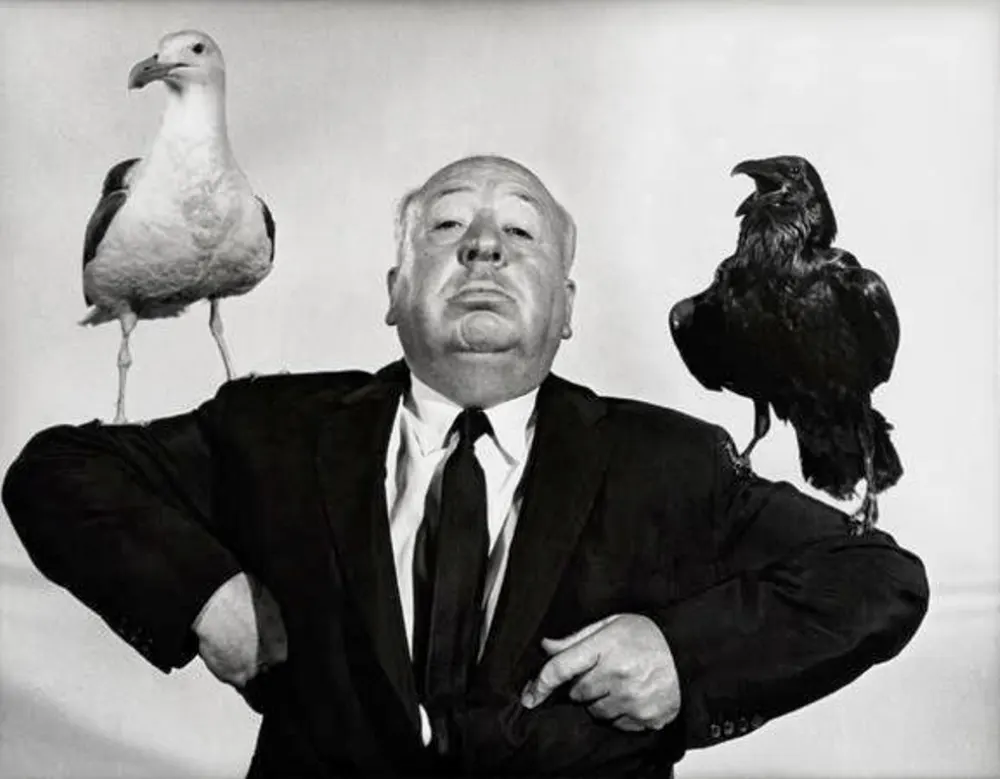

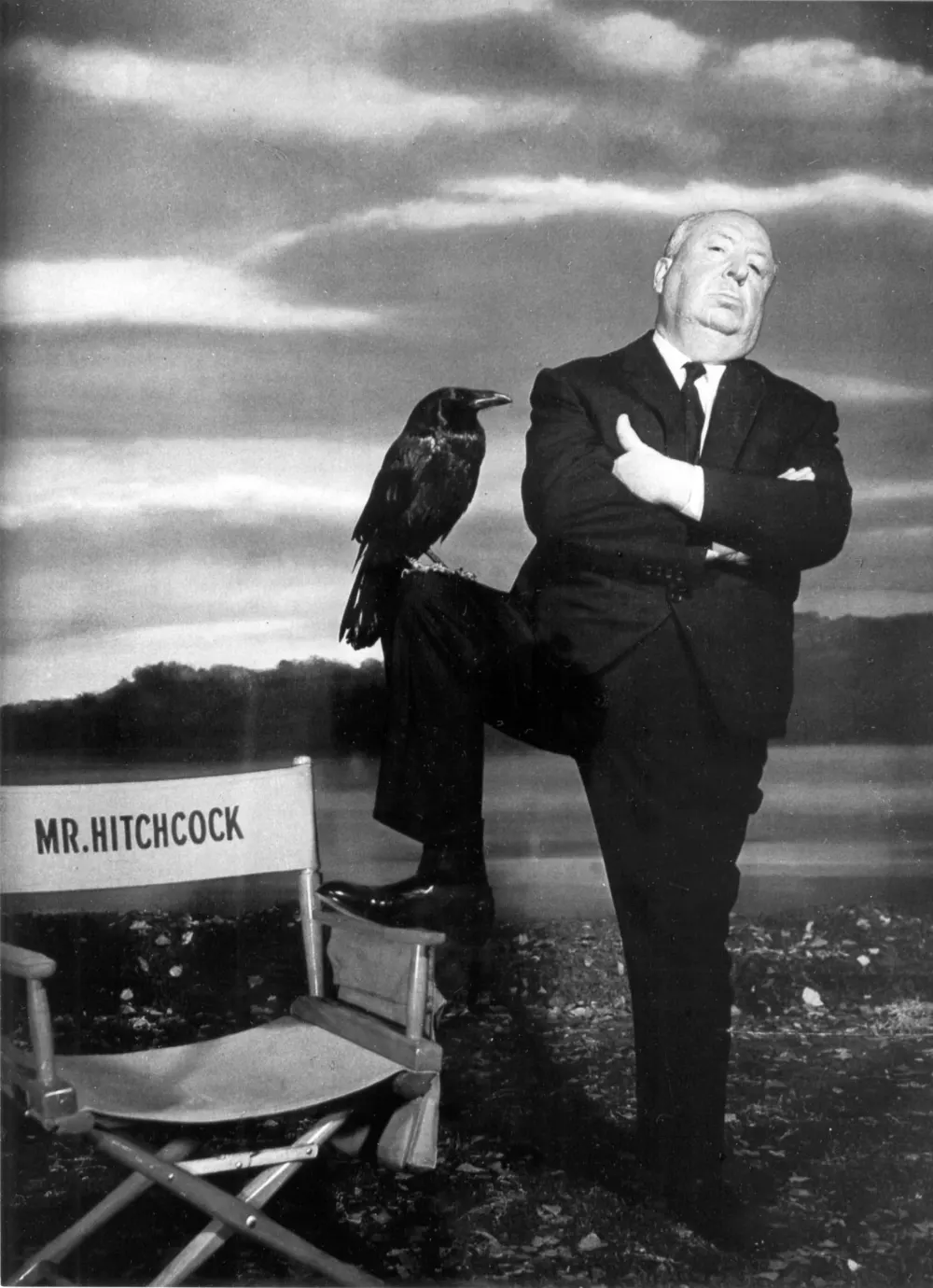


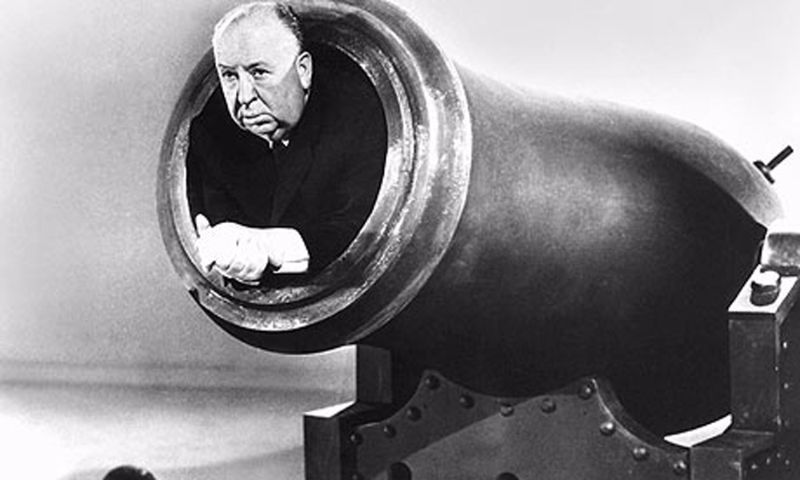






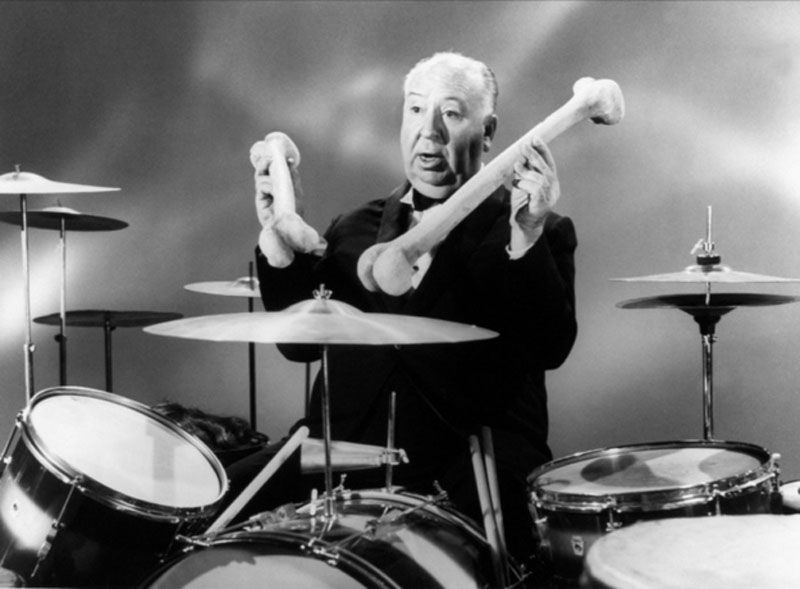
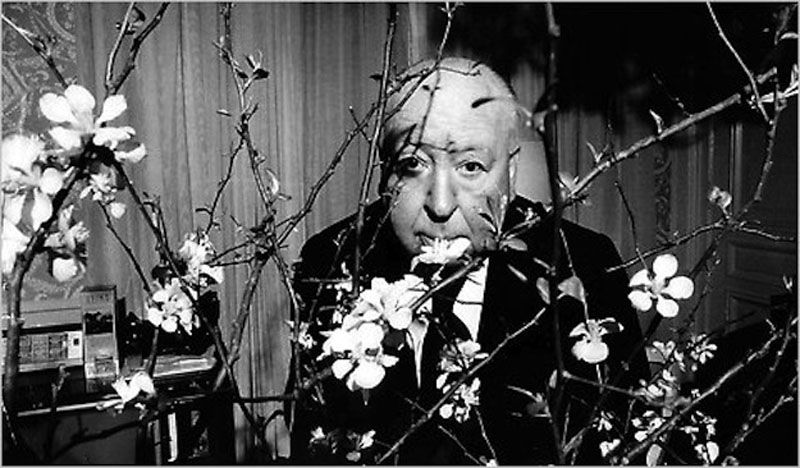


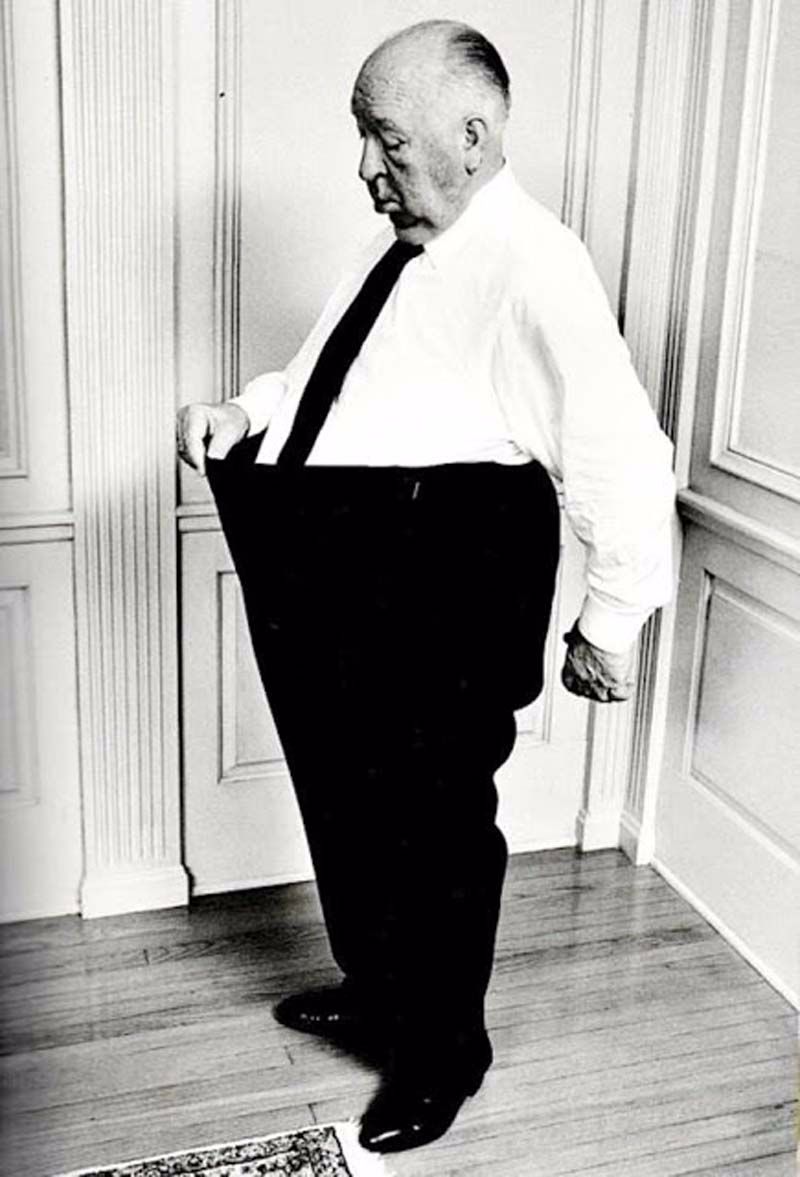
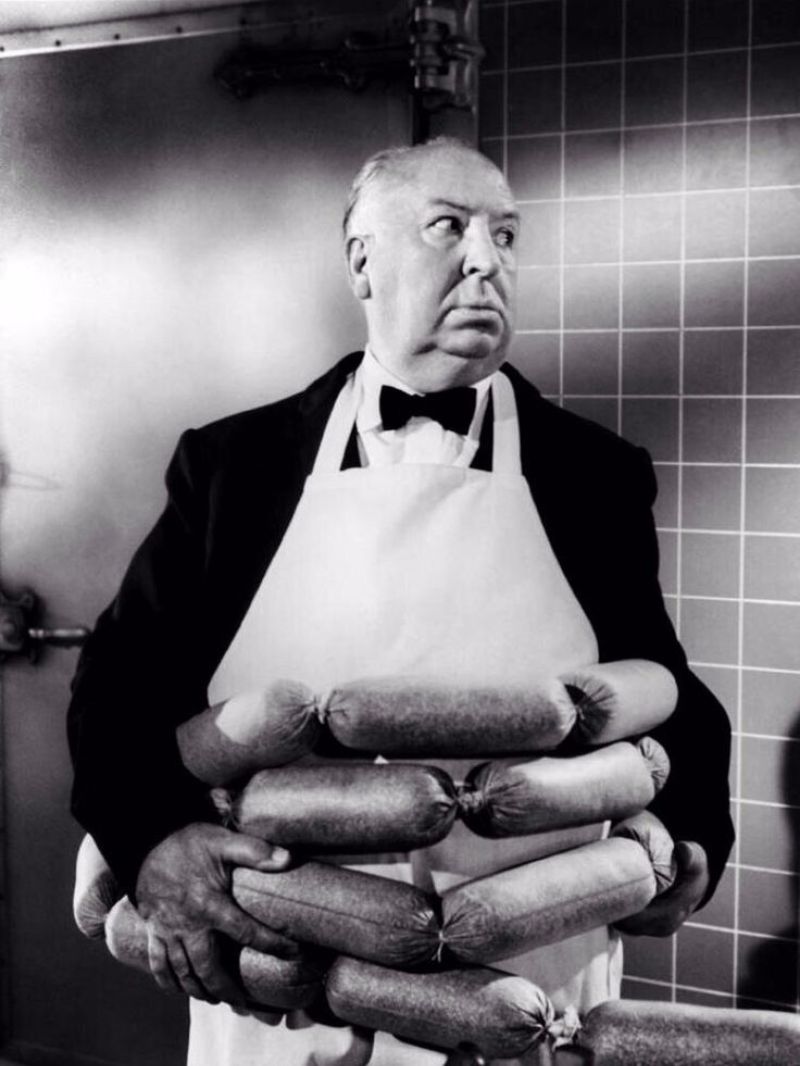


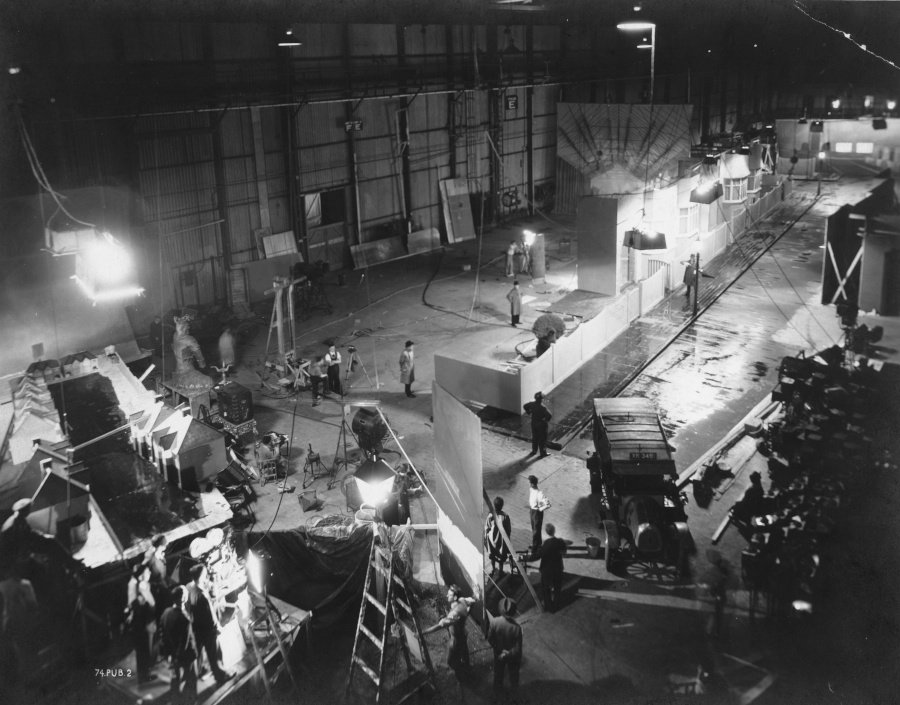






.jpg)
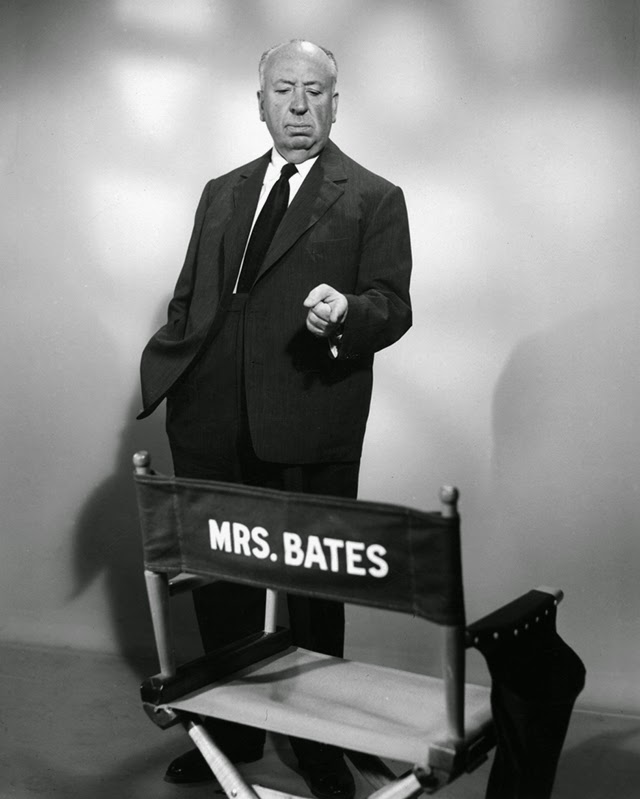.jpg)
.jpg)
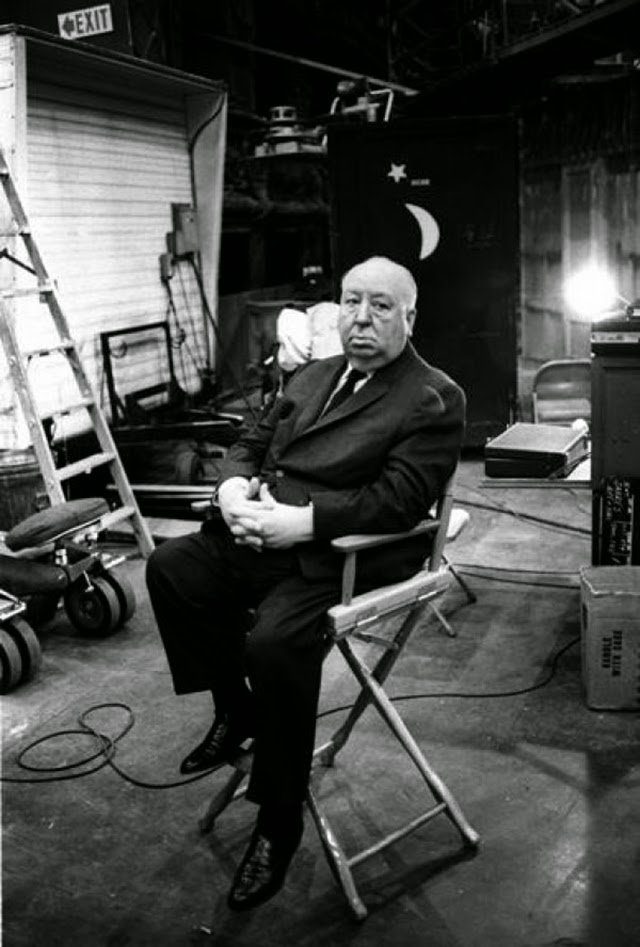.jpg)
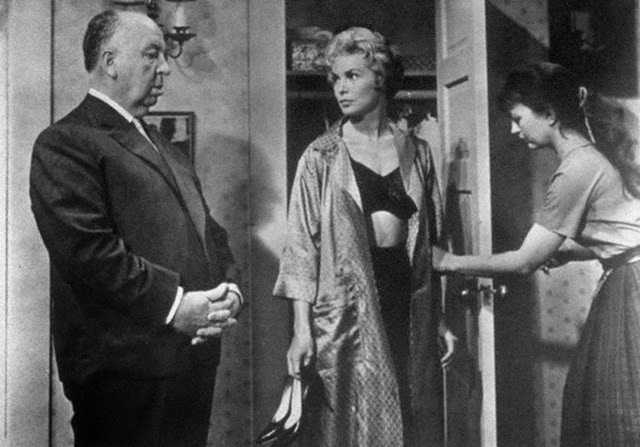.jpg)
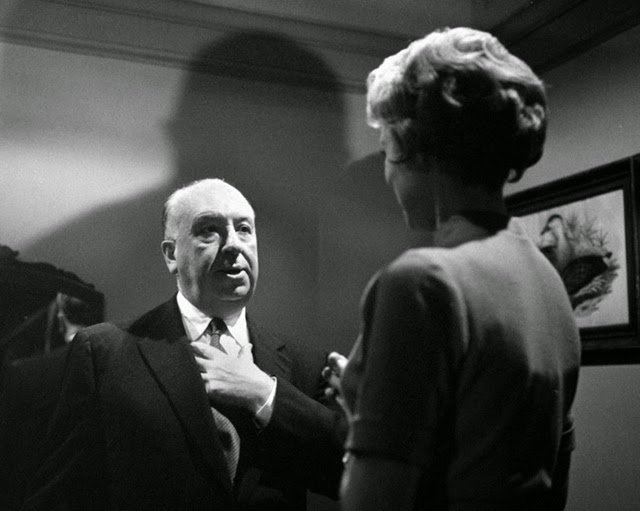.jpg)
.jpg)
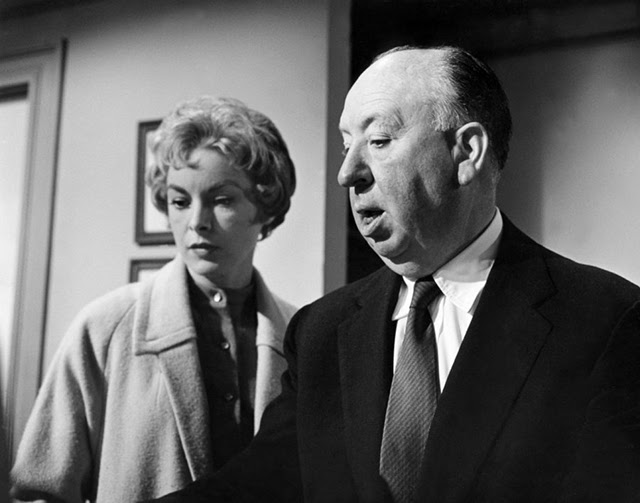.jpg)
.jpg)
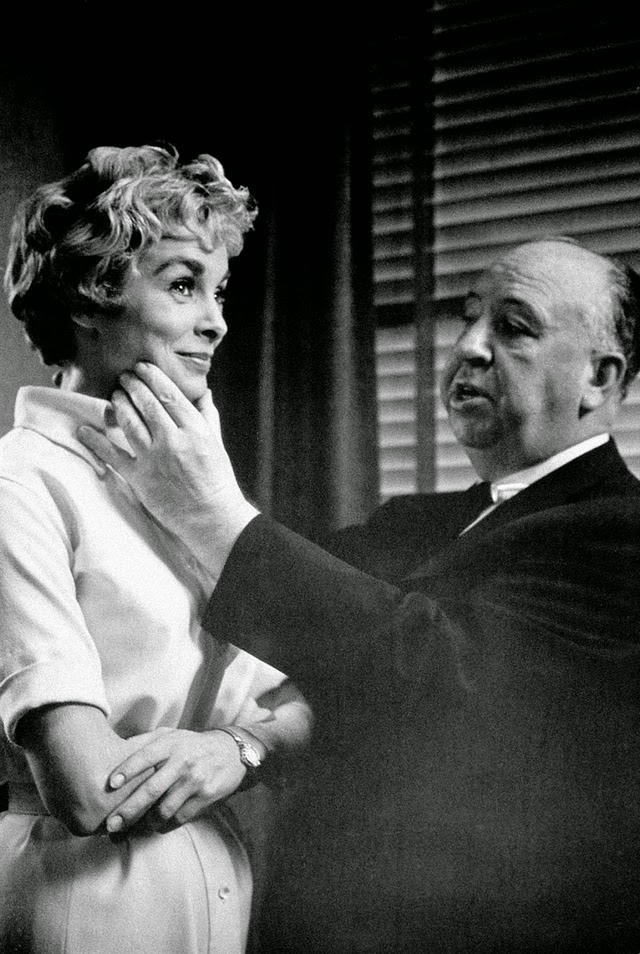.jpg)
.jpg)
.png)
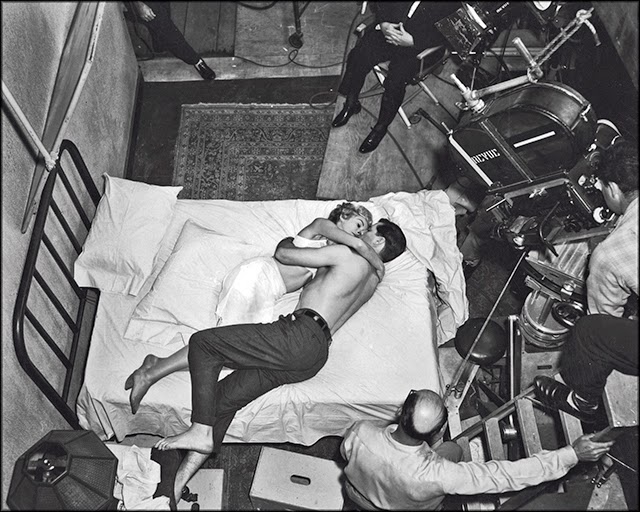.jpg)
.jpg)
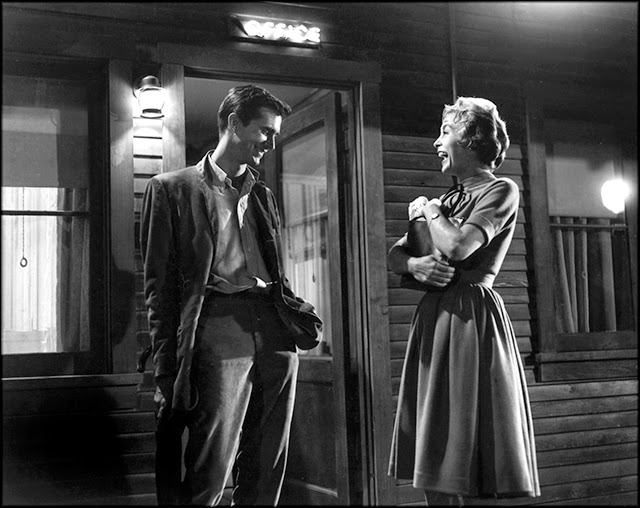.jpg)
.jpg)
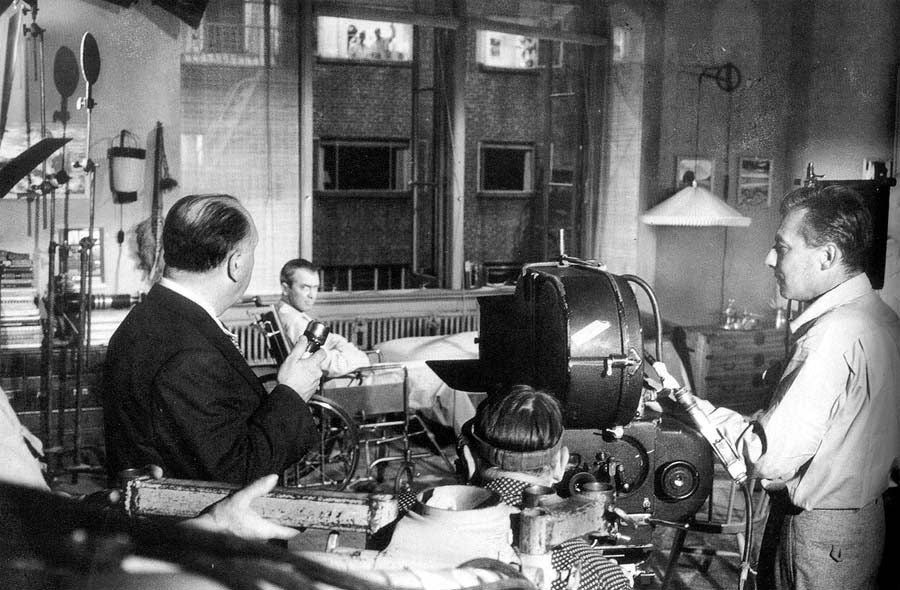.jpg)
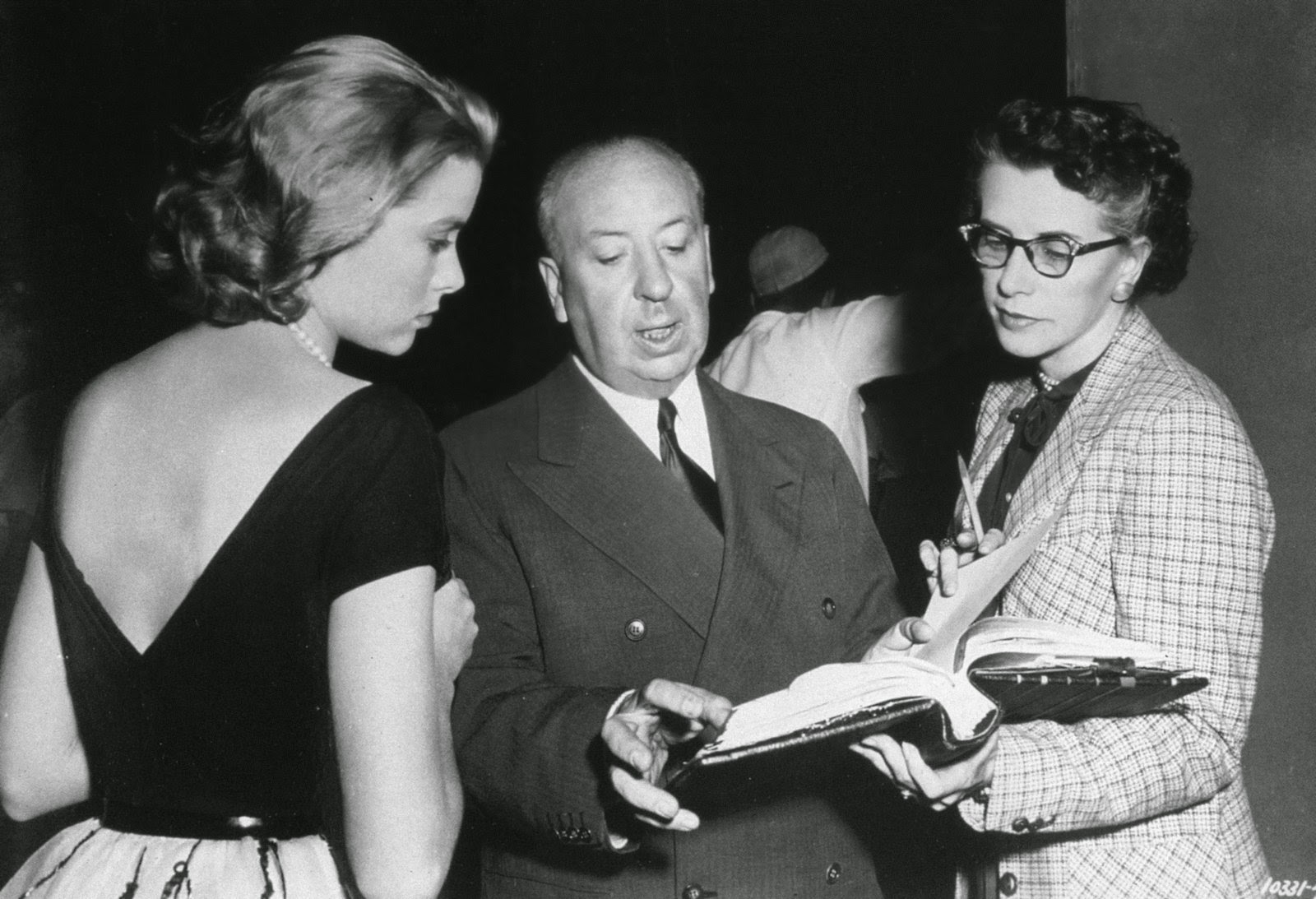.jpg)
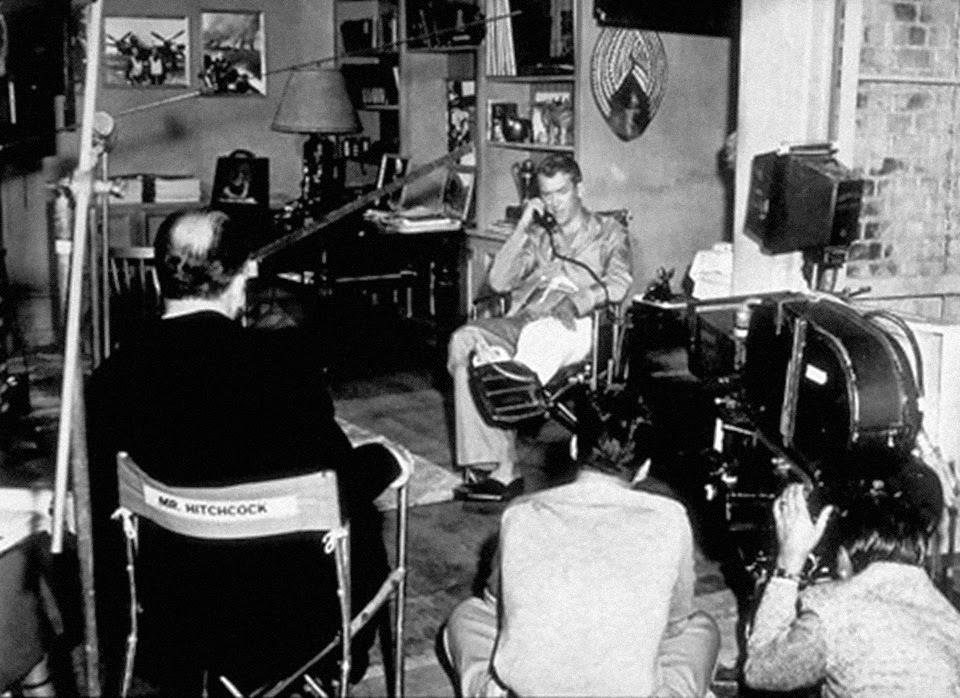.jpg)
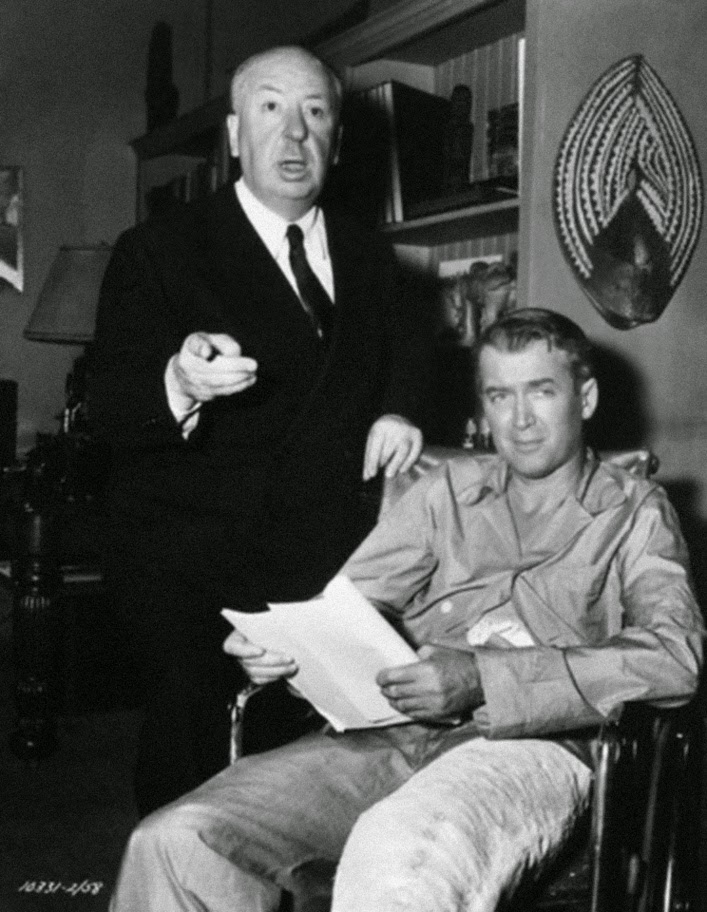.jpg)
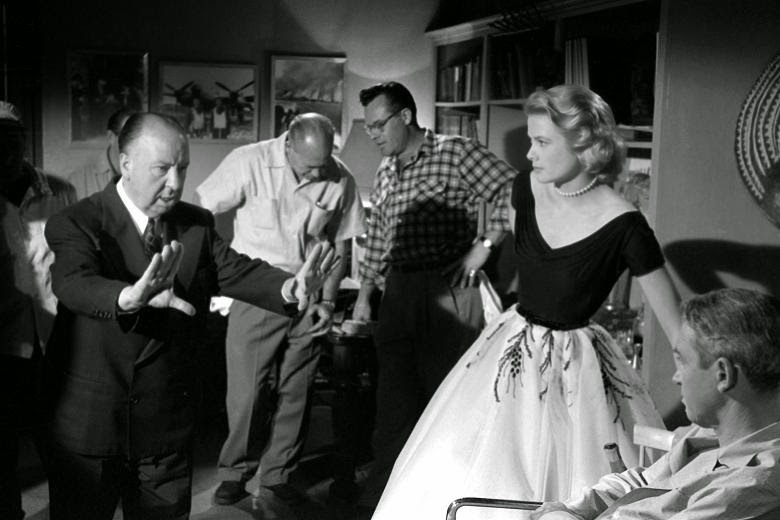.jpg)
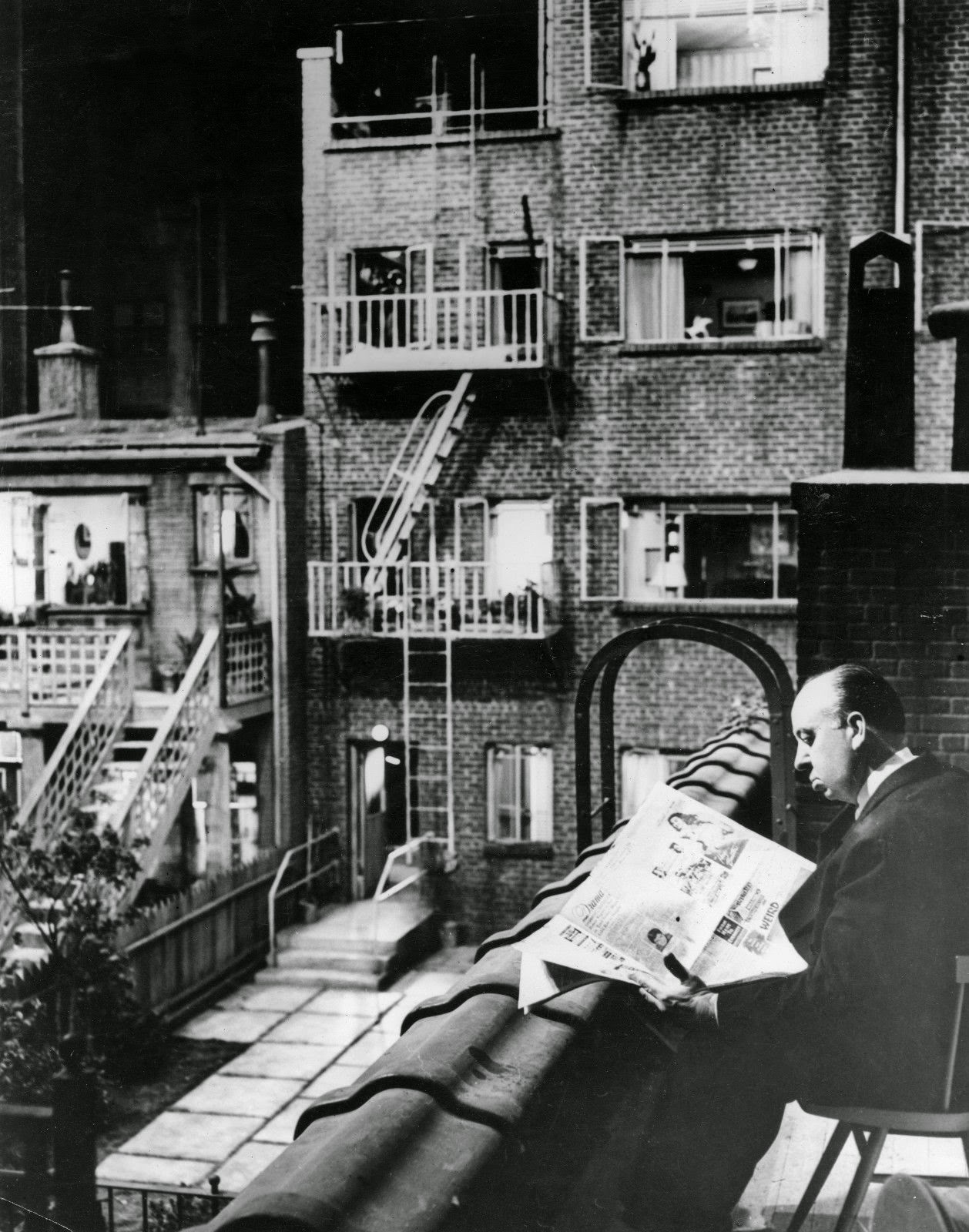.jpg)
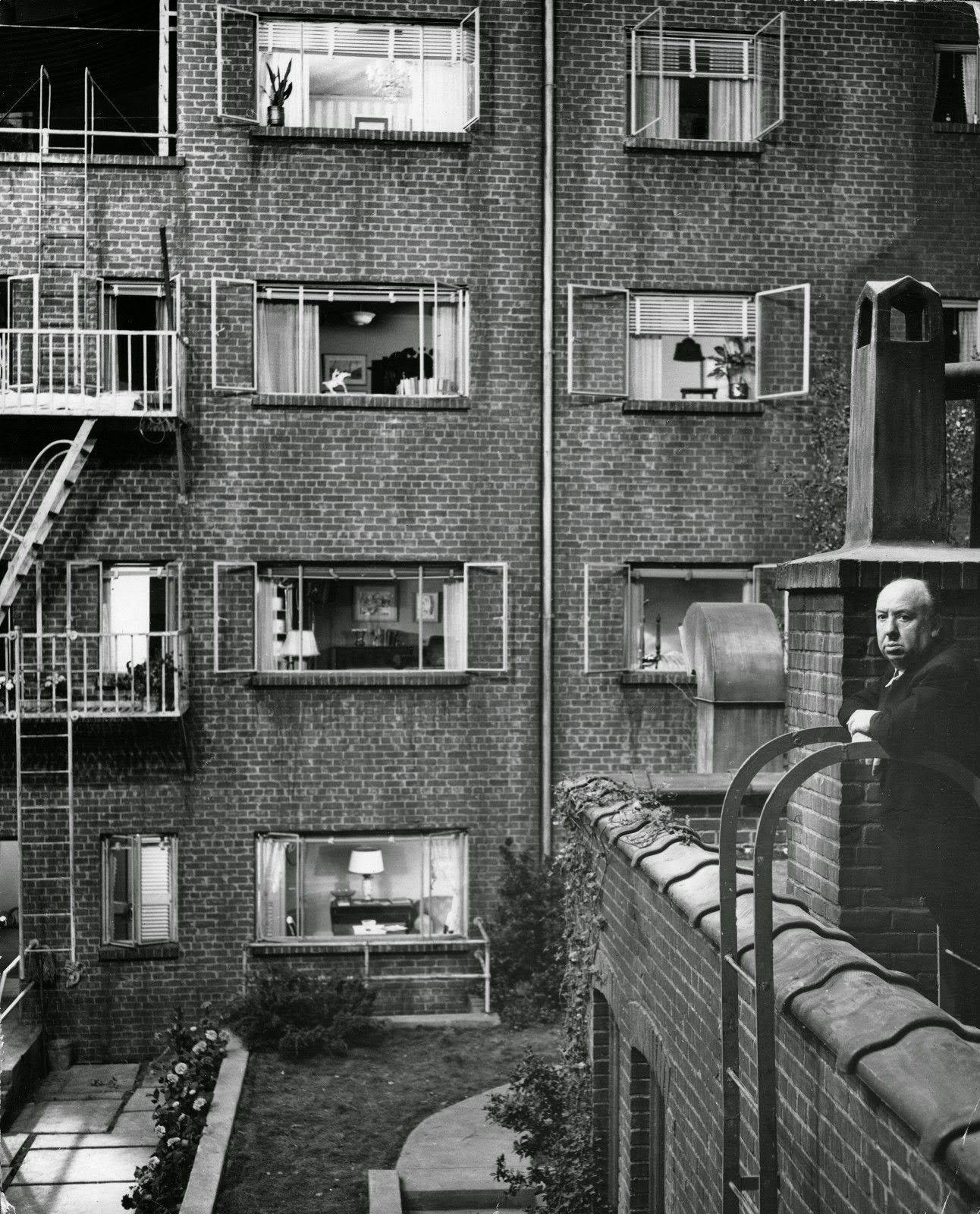.jpg)
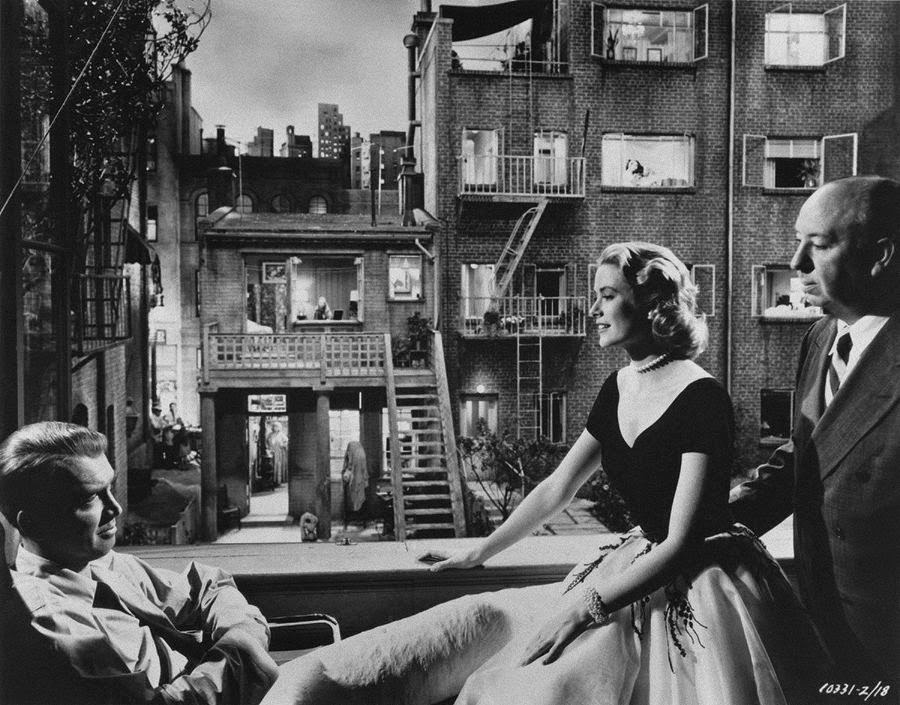.jpg)
.jpg)
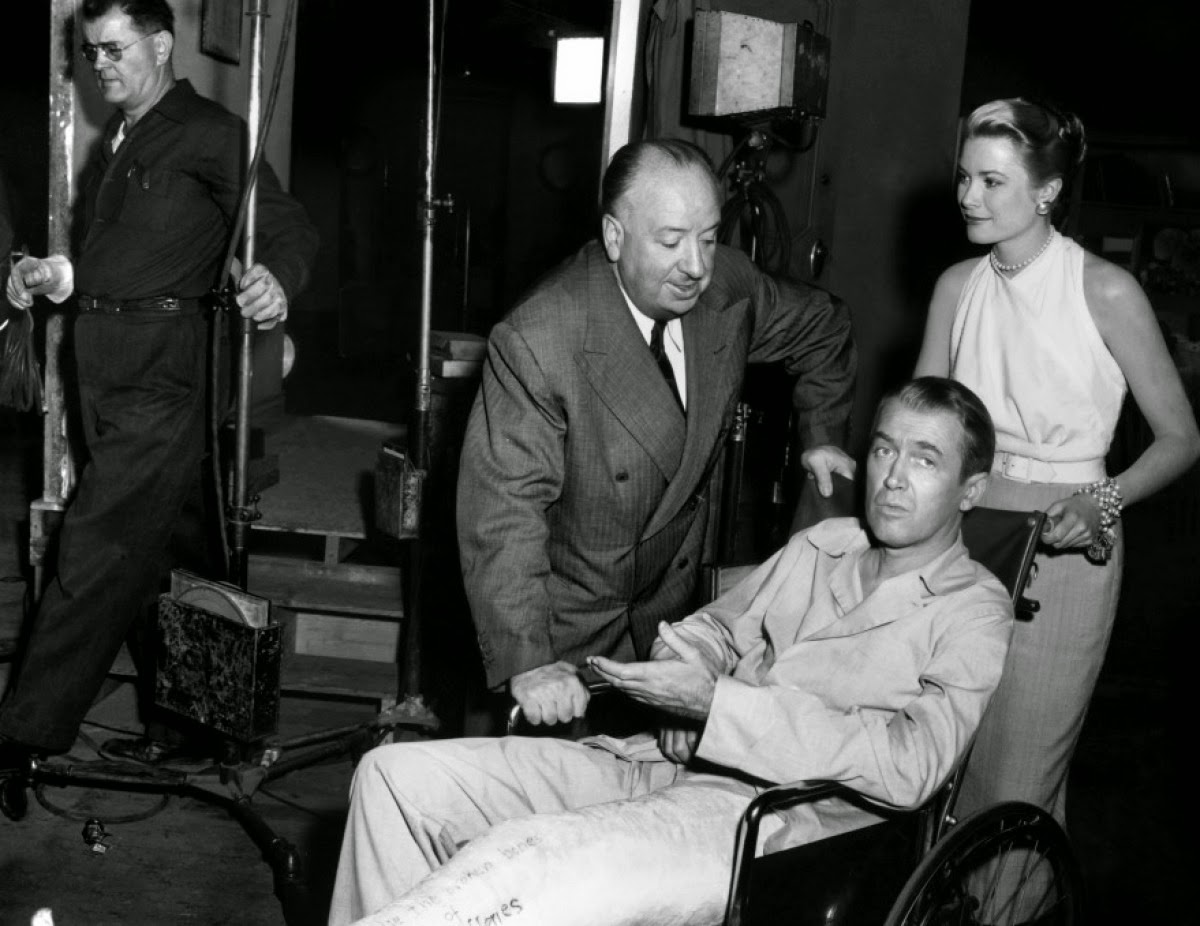.jpg)
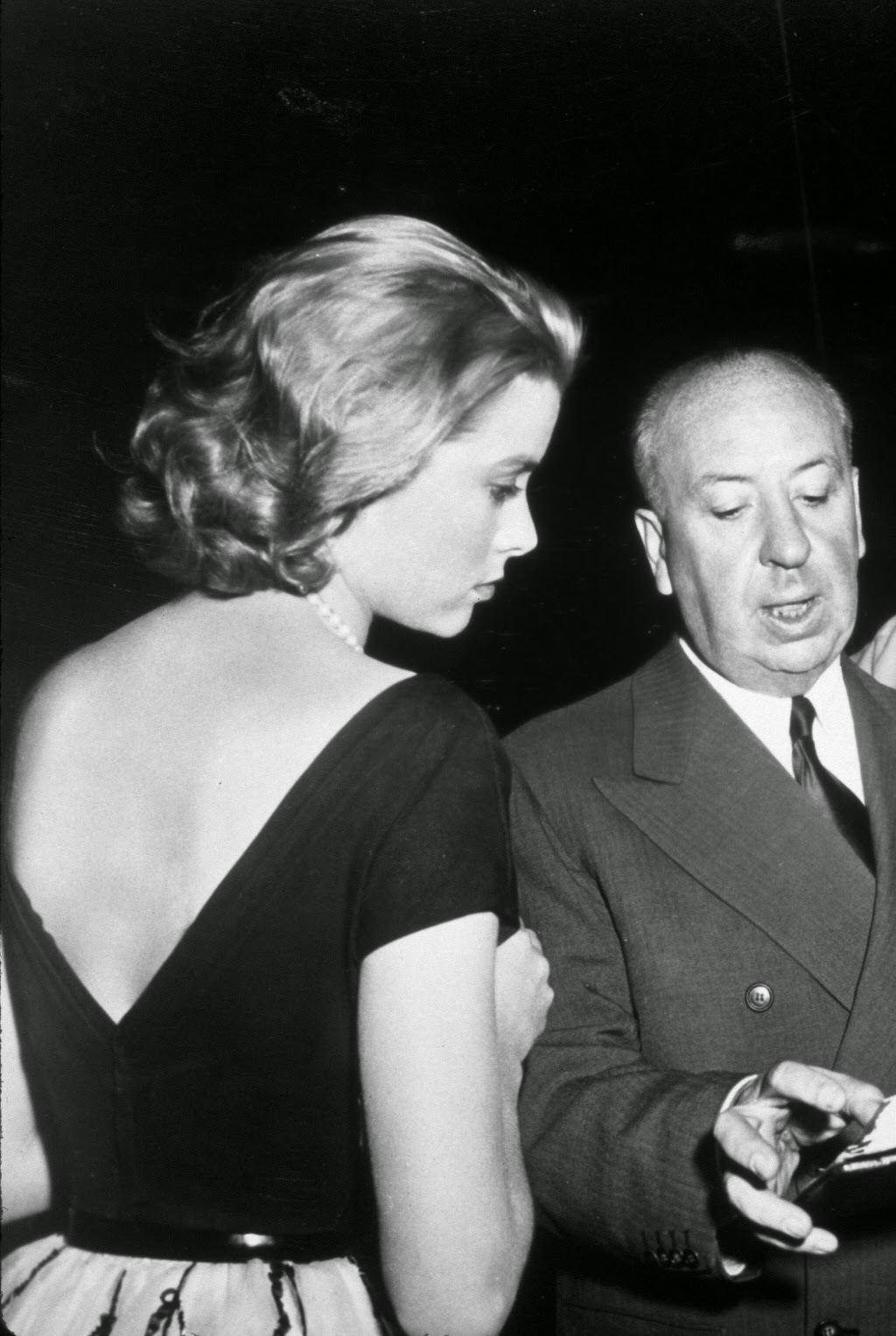.jpg)
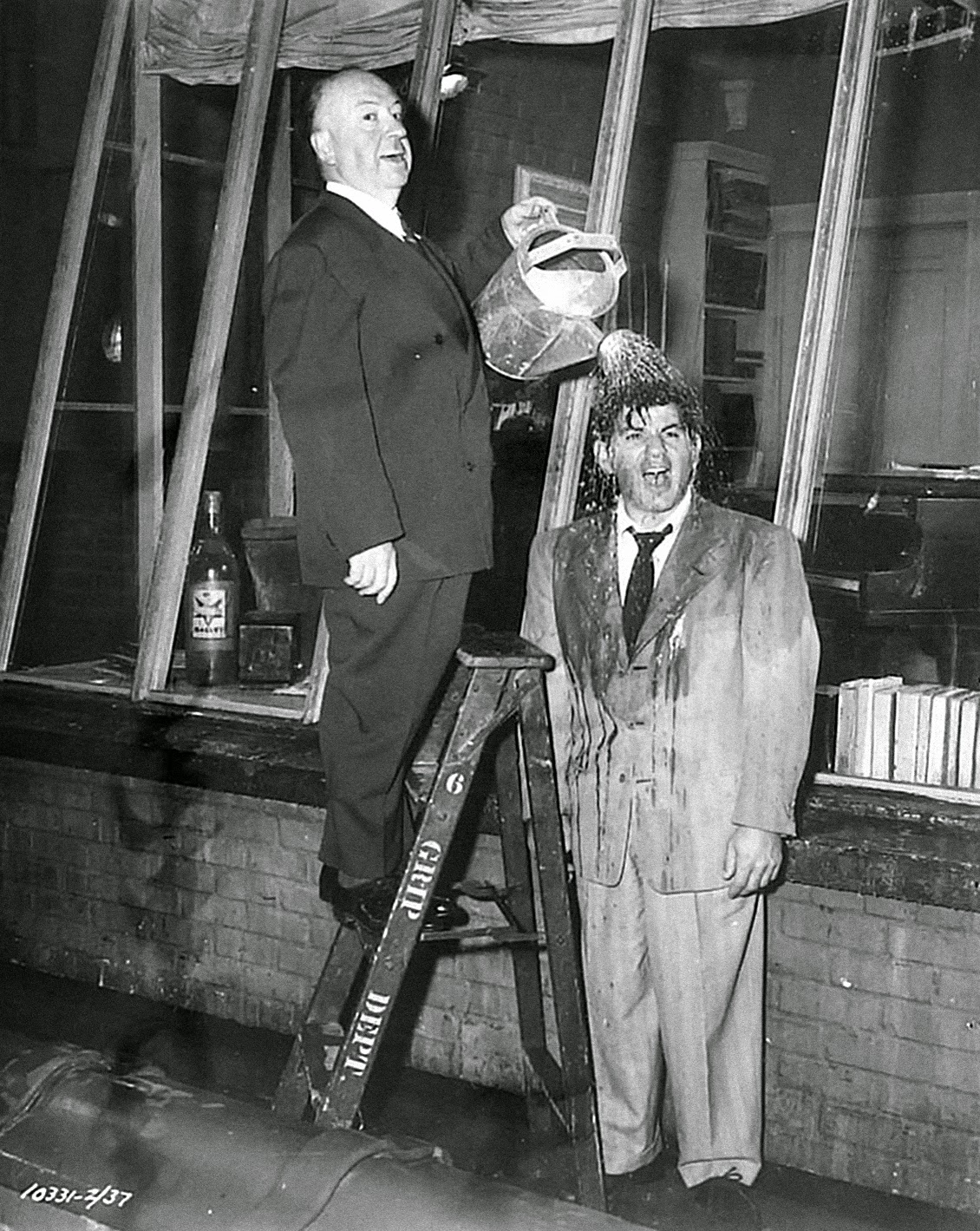.jpg)